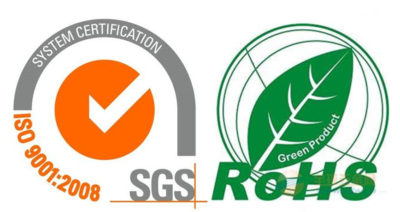What is the requirement as catalyst carrier? How to be a good catalyst carrier?
In here, we will introduce the requirement as catalyst carrier.
What is the requirement as catalyst carrier? In here, we simply introduce catalyst carrier. The catalyst carrier is a specific part of the solid catalyst. The catalyst carrier is a dispersant, a binder, a support, and sometimes a co-catalyst or co-catalyst role as a catalyst active ingredient.
The requirement as a catalyst carrier, as follows:
1. The density of the active ingredient can be diluted.
2. The sintering between the active components can be avoided to some extent.
3. Can be anti-drug.
4. There may be interaction with the active component, with the main catalyst to work together.
5. Can be prepared into a certain shape.
6. Can improve the organization of the material (such as increasing the pore, surface area, etc.).
In summary, Zibo Xiangrun Environment engineering Co., Ltd. and Shandong Bairui Chemical technology as a catalyst carrier’s factory could meet the requirements.
Shandong bairui use different process conditions to manufacture different phase, different aperture, different impurity content, different appearance in the shape of a catalyst carrier according to user requirements.Alumina has been found to exist at least 8 form, they are α- Al2O3, θ-Al2O3, γ- Al2O3, δ- Al2O3, η- Al2O3, χ- Al2O3, κ- Al2O3 and ρ- Al2O3, their respective macroscopic structure properties are also different. XRBR Alumina carrier is a cubic close packed crystal, insoluble in water, but soluble in acid and alkali. XRBR Alumina carrier is weak acidic support, has a high melting point 2050 ℃, alumina gel in hydrate form can be made into the oxide with high porosity and high specific surface, it has transition phases in a wide temperature range. At higher temperature, due to dehydration and dehydroxylation, the Al2O3surface appears coordination unsaturated oxygen (alkali center) and aluminum (acid center), with catalytic activity. Therefore, alumina can be used as carrier, catalyst and cocatalyst. Alumina carrier could be powder, granules, strips or others. We could do as your requirement.
XRBR Alumina carrier is generally made of its precursor pseudo-boehmite through 400~600℃ high temperature dehydration, so the surface physicochemical properties is largely determined by its precursor pseudo-boehmite, but there are many ways to make pseudo-boehmite, and different sources of pseudo-boehmite leads to the diversity of gamma – Al2O3. However, to those catalysts with special requirements to alumina carrier, only rely on the control of precursor pseudo-boehmite is difficult to achieve, must be taken to prophase preparation and post processing combining approaches to adjust the properties of alumina to meet different requirements. When the temperature is higher than 1000 ℃ in use, alumina occurs following phase transformation: γ→δ→θ→α-Al2O3, among them γ、δ、θ are cubic close packing, the difference only lies in the distribution of aluminum ions in tetrahedral and octahedral, so these phase transformation does not cause much variation of the structures. Oxygen ions in alpha phase are hexagonal close packing, aluminum oxide particles are grave reunion, specific surface area declined considerably.

